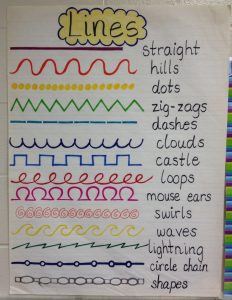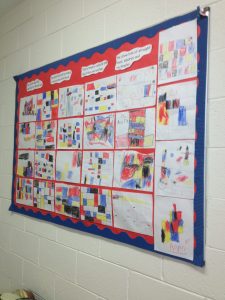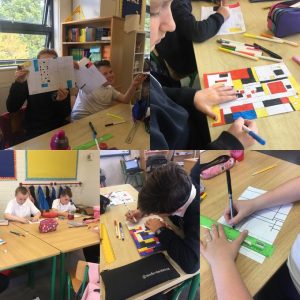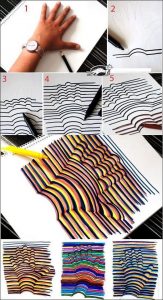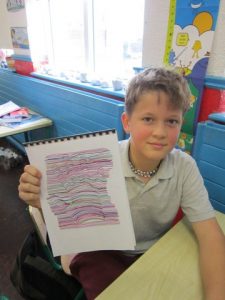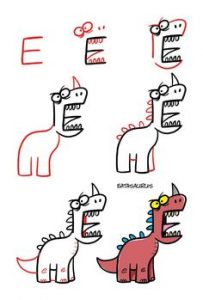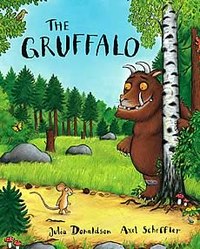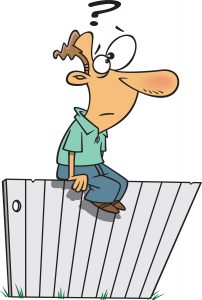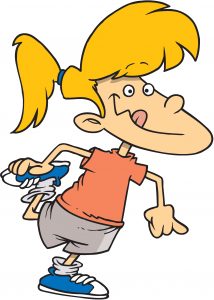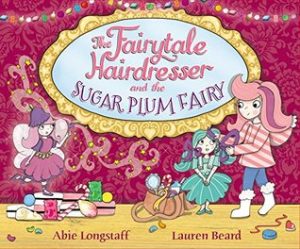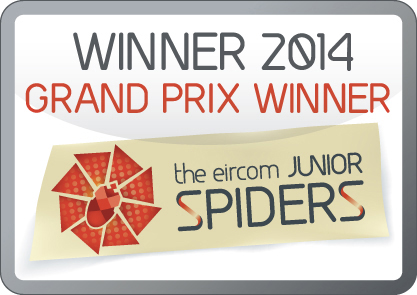For your Friday art lesson this week, we’re learning all about lines! We’ve a number of activities that you can try out at home, that don’t need too many materials. You can choose to do all of them or just a few depending on what inspires you. Please send us pictures of some of your work through your teacher on Dojo and we’ll feature some of them next week in our Virtual Gallery!
Line is one of the elements of Visual Arts – a line is basically a dot that has gone for a walk so for your warm up, we’d like you to take your pencil for a walk! You can colour it in afterwards if you want to, but first, just relax your hand and see where your pencil ends up.
There are lots of different types of lines. Here are a few:
- Can you draw these types of lines?
- Choose three and create a picture using them. Would you like to make it more challenging? Ask someone else to choose three for you!
- To warm up, you took your pencil for a walk. It can be tricky to draw something in one go- choose an animal to draw without lifting your pencil! Here are some examples:
- Lots of artists are famous for their use of lines but Mondrian is particularly famous. You might have studied his work in class before but if you’d like a refresher, you can read about him here. Maybe you could create some artwork inspired by Mondrian’s work – he used primary col0urs (blue, red and yellow), straight lines and lots of white space.
Finally, you could try this activity! It uses curved and straight lines to create an optical illusion. It works really well with different coloured markers, but it also looks great in black and white.
Here’s one of our past pupils with his amazing work a few years ago!
We’re looking forward to seeing all of your beautiful artwork!
Finally, here are a few directed drawing exercises (where instructions are given) to help you practise your drawing!
From the book ‘Draw Crazy Dinosaurs using numbers and letters’


